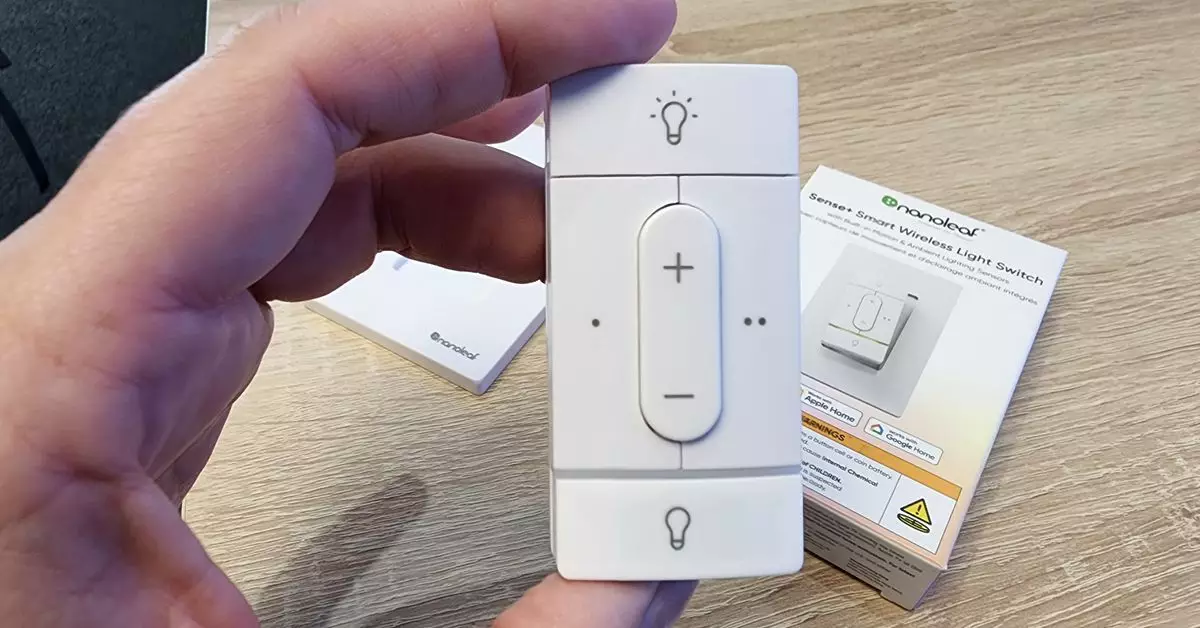The Nanoleaf smart switch, known as Sense Plus Smart Wireless “Anywhere” Switch, has finally been released after nearly a decade of development. The device allows users to have physical control over Nanoleaf’s smart lighting system, enabling them to turn lights on or off, dim or brighten, and even change colors with the simple press of a button. This article will delve into the innovative Litewave technology that powers the Nanoleaf smart switch, as well as its implications for the smart home industry.
One of the most significant aspects of the Nanoleaf smart switch is the development of a new proprietary protocol called Litewave. This technology was created to replace Nanoleaf’s initial adoption of Thread, providing a more reliable and seamless experience for users. According to Nanoleaf co-founder and CEO Gimmy Chu, the journey to finding the right technology for the smart switch took eight years. Litewave allows the switch to communicate with all Nanoleaf lights, regardless of whether they use Thread, Bluetooth, or Wi-Fi. This proprietary local protocol operates over the same 802.15.4 radio as Bluetooth/Thread, ensuring compatibility and reliability across Nanoleaf’s product line.
While Nanoleaf initially embraced Thread as a connectivity solution, it encountered challenges with its implementation alongside Matter. Chu noted that the complexity of Matter and its multiple platforms posed difficulties in ensuring a seamless user experience. This prompted the development of Litewave to provide a robust and reliable local connection that enables instantaneous control. Litewave operates independently of external devices such as Thread border routers or Matter controllers, simplifying the setup process for users. By utilizing Litewave, the Nanoleaf smart switch can control multiple lights simultaneously with no delay or “popcorn” effect, demonstrating its efficiency and reliability.
The introduction of Litewave in the Nanoleaf smart switch represents a significant advancement in the smart home industry. By developing a proprietary protocol tailored to its specific needs, Nanoleaf has demonstrated a commitment to delivering a superior user experience. The seamless integration of Litewave with Nanoleaf’s lighting products highlights the importance of reliable connectivity in smart home devices. As other companies navigate the challenges of implementing Thread and Matter, Nanoleaf’s innovative approach serves as a model for achieving compatibility and reliability in smart home ecosystems.
Future of Smart Home Connectivity
As the smart home industry continues to evolve, the role of connectivity protocols like Thread and Matter will become increasingly important. While the current landscape presents challenges for manufacturers, innovative solutions such as Litewave offer a glimpse into the future of smart home technology. By prioritizing reliability and compatibility, companies like Nanoleaf are paving the way for a seamless and intuitive smart home experience for consumers. In the ever-changing world of smart home devices, the development of proprietary protocols like Litewave represents a new frontier in connectivity innovation.


Leave a Reply